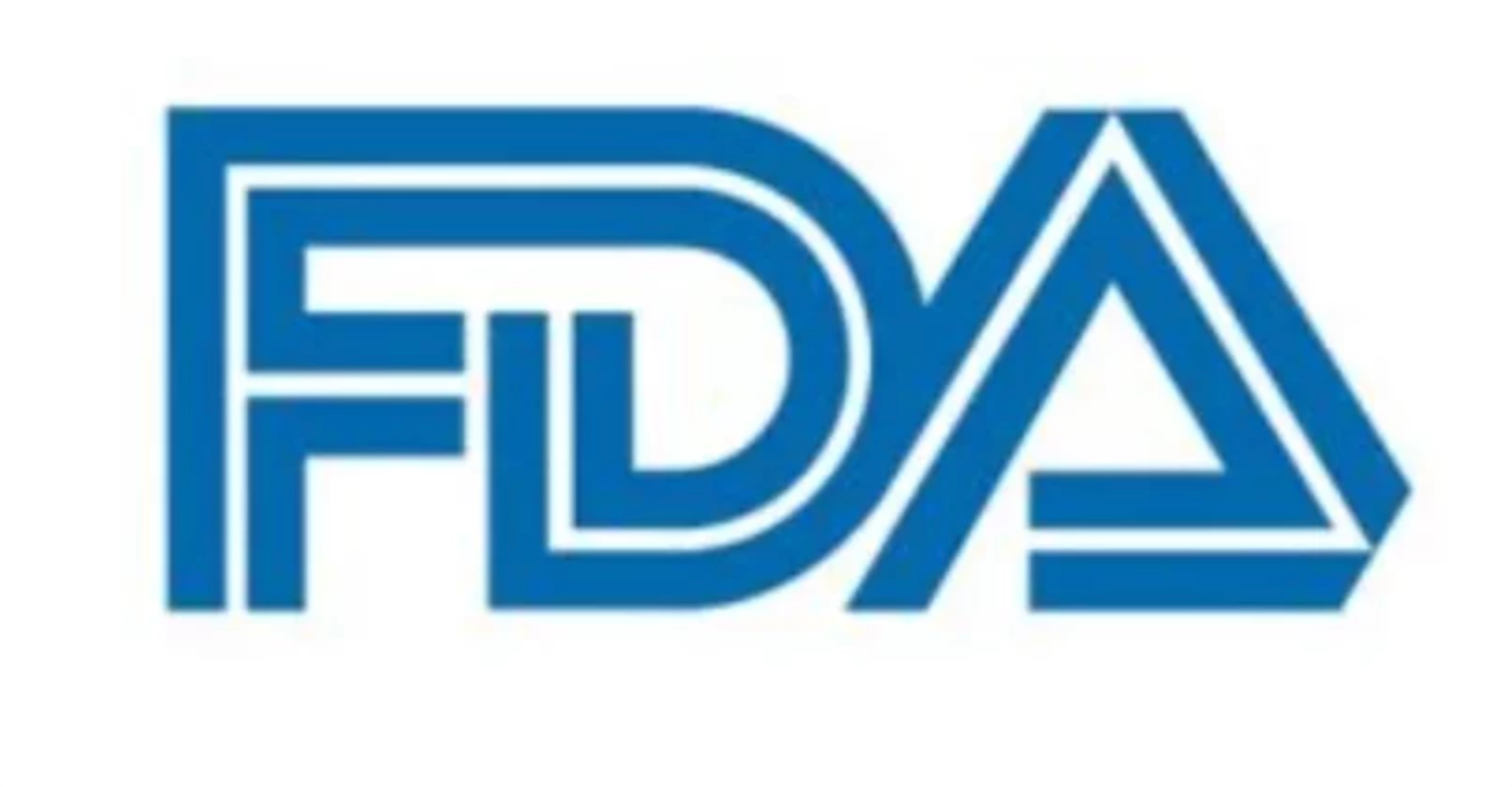Article
FDA Green Lights Companion Diagnostic for Ivosidenib in IDH1-Mutant Cholangiocarcinoma
Author(s):
The FDA has approved the Oncomine Dx Target Test, developed by Thermo Fisher Scientific, for use as a companion diagnostic to identify patients with IDH1-mutated cholangiocarcinoma who may be eligible to receive the newly approved IDH1 inhibitor ivosidenib.

The FDA has approved the Oncomine Dx Target Test, developed by Thermo Fisher Scientific, for use as a companion diagnostic to identify patients with IDH1-mutated cholangiocarcinoma who may be eligible to receive the newly approved IDH1 inhibitor ivosidenib (Tibsovo).1
The regulatory decision was based on data from the phase 3 ClarIDHy trial (NCT02989857), which showed that ivosidenib significantly improved progression-free survival (PFS) over placebo in patients with locally advanced or metastatic cholangiocarcinoma harboring an IDH1 mutation (HR, 0.37; 95% CI, 0.25-0.54; P < .0001).2 The analysis for overall survival (OS) was not determined to be significant (HR, 0.79; 95% CI, 0.56-1.12; P = .093).
The next-generation sequencing (NGS) test provides robust and reproducible results in the IDH1 gene that is clinically linked with cholangiocarcinoma. The test was first approved by the regulatory agency in 2017 and is also indicated for 4 targeted therapeutics in non–small cell lung cancer: dabrafenib (Tafinlar) plus trametinib (Mekinist), gefitinib (Iressa), pralsetinib (Gavreto), and crizotinib (Xalkori).
The diagnostic can detect 23 genes in 1 potentially limited sample, which can minimize the risk of depleting tissues and requiring additional biopsies.3 Notably, these results can be produced within 4 days. Moreover, concordance with FDA-approved or -validated reference methods based on fluorescence in situ hybridization, polymerase chain reaction, or NGS has been proven for all biomarkers, with an overall percentage agreement of 100% for BRAF, 99% for EGFR, 100% for ROS1, and 92% for RET.
“With the FDA approval of Oncomine Dx Target Test as a companion diagnostic for [ivosidenib], healthcare providers across the United States can now match patients with this critically needed therapy,” Garret Hampton, president of clinical NGS and oncology at Thermo Fisher Scientific, stated in a press release. “Advances in genetic profiling through NGS have enabled identification of an increasing number of cancer-driving genomic variations, opening the door for the development of more targeted treatment options.”
The double-blind, placebo-controlled, multicenter phase 3 trial enrolled a total of 187 patients whose disease progressed following at least 1, but no more than 2, prior regimens that included at least 1 gemcitabine- or 5-flurouracil–containing regimen. Patients needed to be at least 18 years of age, have an ECOG performance status of 0 or 1, measurable disease per RECIST v1.1 criteria, and acceptable hematologic, hepatic, and renal function.4
Study participants were randomized 2:1 to receive either oral ivosidenib at a once-daily dose of 500 mg (n = 126) or matched placebo (n = 61) until progressive disease or unacceptable toxicity. Patients were permitted to crossover to ivosidenib after experiencing radiologic disease progression.
The primary end point of the trial was PFS per blinded independent radiology central review. Secondary end points comprised OS, objective response rate, PFS per local review, safety and tolerability, pharmacokinetics, pharmacodynamics, and health-related quality of life.
Across the treatment arms, 53.3% of patients had received 1 prior line of therapy and the remainder had received 2 prior lines. The majority of patients had an ECOG performance status of 1 (63.4%), intrahepatic disease at diagnosis (92.4%), and metastatic disease at screening (92.4%). Moreover, 71.1% of patients had an IDH1 mutation in R132C and 14.1%, 7.6%, 1.6%, and 1.7% had the mutation in R132L, R132G, R132S, and R132H, respectively.
At a data cutoff of May 31, 2020, 70.5% of patients crossed over to the investigative arm. At that time point, 6.5% of patients on the ivosidenib arm were still receiving treatment vs no patients on the placebo arm. The most common reasons for treatment discontinuation on the investigative and control arms, respectively, were progressive disease (74.8% vs 86.4%), adverse effects (6.5% vs 6.8%), patient withdrawal (4.9% vs 3.4%), death (4.1% vs 0%), and withdrawn consent (1.6% vs 1.7%).
The IDH1 inhibitor has also been found to preserve physical functioning from baseline. Patients who were given placebo experienced a decline from baseline through day 1 of cycle 2 (2-sided P = .002) and day 1 of cycle 3 (2-sided P = .004), per the EORTC QLQ-C30 questionnaire. Ivosidenib was also found to improve pain at day 1 of cycle 2 vs placebo (2-sided P = .039) per the EORTC QLQ-BIL21 questionnaire.
The most frequent adverse reactions reported in 15% or more of patients with cholangiocarcinoma who received ivosidenib included fatigue, nausea, abdominal pain, diarrhea, cough, decreased appetite, ascites, vomiting, anemia, and rash.5
References
- FDA approves NGS-based companion diagnostic for previously treated IDH1-mutated cholangiocarcinoma. News release. Thermo Fisher Scientific. August 25, 2021. Accessed August 26, 2021. https://prn.to/2XQqvQ0
- Servier announces FDA approval of TIBSOVO (ivosidenib tablets) in IDH1-mutated cholangiocarcinoma. News release. Servier Pharmaceuticals. August 25, 2021. Accessed August 26, 2021. https://prn.to/3sZYQb7
- Oncomine Dx Target test – US. Thermo Fisher Scientific. Accessed August 26, 2021. https://bit.ly/38g3TdN
- Zhu AX, Macarulla R, Javle MM, et al. Final results from ClarIDHy, a global, phase III, randomized, double-blind study of ivosidenib (IVO) versus placebo (PBO) in patients (pts) with previously treated cholangiocarcinoma (CCA) and an isocitrate dehydrogenase 1 (IDH1) mutation. J Clin Oncol. 2021;39(suppl 3):266. doi:10.1200/JCO.2021.39.3_suppl.266
- FDA approves ivosidenib for advanced or metastatic cholangiocarcinoma. News release. FDA. August 25, 2021. Accessed August 26, 2021. https://bit.ly/3mCiI2v









